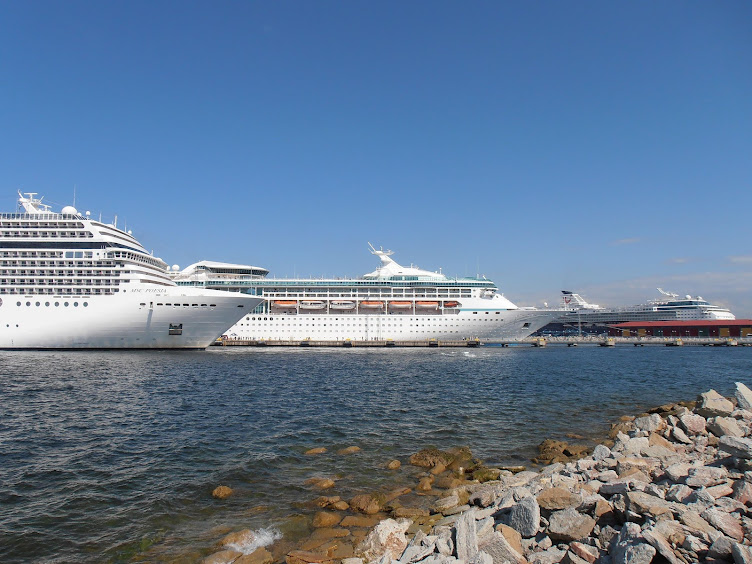Whether you are someone who uses a wheelchair or is a slow walker, there are steps you can take to ensure a fun vacation for you and your traveling companions.
· Be clear about what you need. Whether you are dealing with a travel consultant or directly with a cruise line, keep in mind that not everyone has exactly the same needs. A cabin feature that works well for most others may not meet your requirements. You are the best judge to know what works best and you need to relay that information rather than assume what you need is the norm.
· Think about all aspects of the trip. As well as an accessible cabin on an accessible ship, you may need accessible airport and pier transportation, an accessible hotel room before and/or after the cruise and accessible sightseeing options in the ports.
· Consider whether you need adaptive equipment in your cabin to be more comfortable. Some items may be offered by the cruise line while other equipment is available for rent from third party companies. If renting a transfer lift would make mornings and evenings easier for you and your traveling companion, consider adding it to your cruise plans.
· Check the itinerary for "tender" ports. Tendering means the ship will anchor in a bay and use a boat to shuttle guests into the port. Success in tendering depends on the cruise line's policies on allowing and assisting guests who use wheelchairs to tender, the size and weight of your "wheels", and sea conditions.
· Consider riding. If you are a "slow walker" with limitations on how long you can be on your feet in time or distance, consider renting a scooter. If it helps increase your stamina or gives you more flexibility to get around your large ship, it may make your vacation more enjoyable and relaxing.
· Consider downgrading your ride. If you use a scooter or power chair full-time and are able to use a manual wheelchair and perform transfers, you might want to consider bringing or renting a manual wheelchair for ports. Many ports don't have accessible vehicles with ramps or lifts. In those cases, using a manual wheelchair and transferring onto the seat of a car can give you access to more sightseeing.
· Request a table location. Like banquet seating, tables can be a bit close. Request your dining table to be located near an entrance or pathway for ease in navigating to your table.
· Send a report. If your disability involves a chronic medical condition, consider obtaining a brief summary report from your physician. Request that the cruise line send a copy to the ship's infirmary and carry an additional copy for you to have on hand. Ship physicians are hired from around the world so the report should use terms most used worldwide.
· Plug in. If you are traveling with a power chair, scooter, c-pap or other electric equipment, bring a power strip and an extension cord. Most cabins have only one outlet and it's located at the vanity.
· Hire an advocate. That's what you're doing when you book through an agent who specializes in accessible travel. They have dedicated a lot of time and energy into learning about accessibility and have developed rapports with suppliers. They also devote a lot of resources to teaching suppliers about accessibility and in advocating for travelers who have disabilities. A specialist will go to bat for you, saving you time and concern so that you can look forward to your vacation with the same excitement that nondisabled travelers enjoy.
